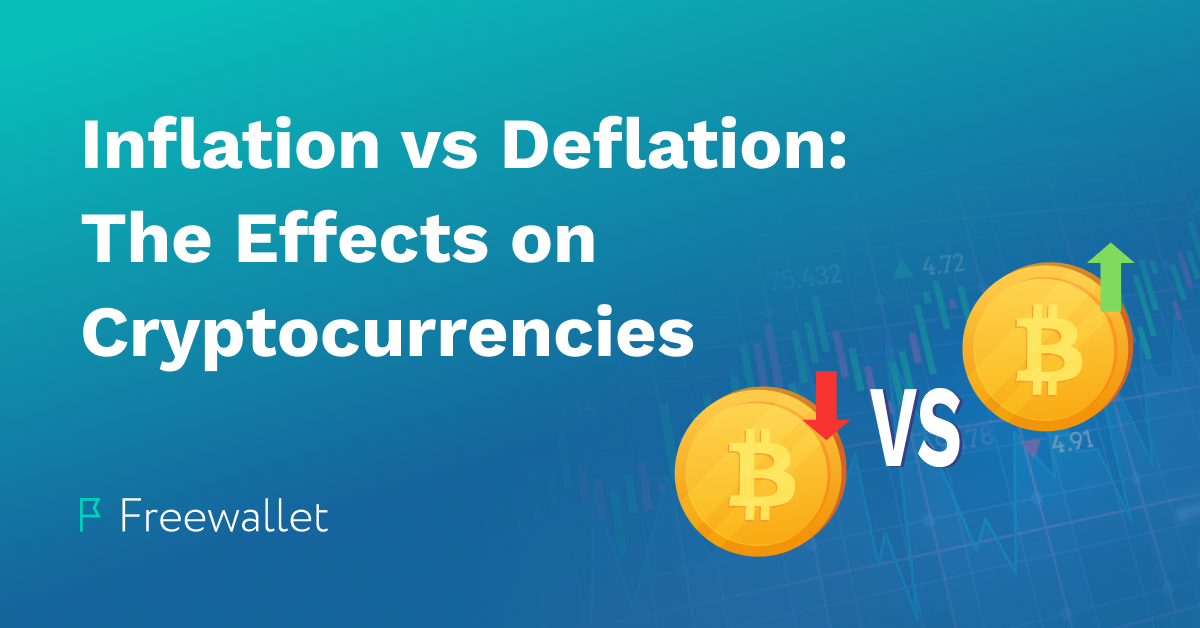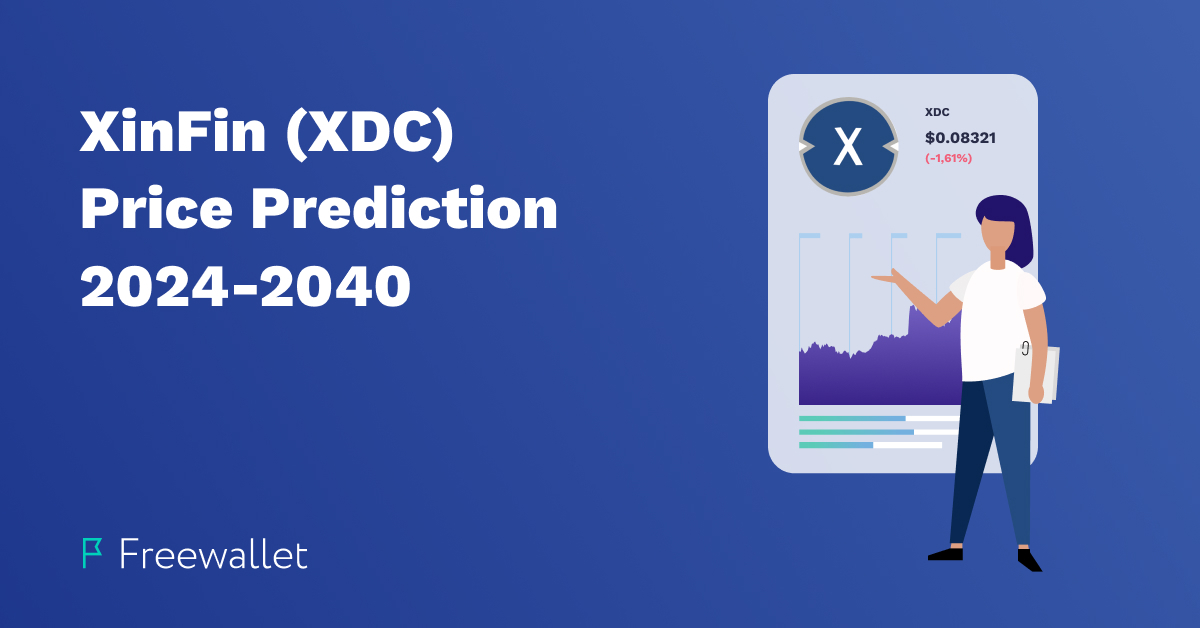
Inflation. Is it a real issue in the 21st century? The answer is crystal clear: yes, it is. In Venezuela, the inflation rate reached nearly 350,000% in February 2019. Some may say that Venezuela is one of the lowest economies in the world. However, even this cannot explain such a tremendous inflation rate. What about strong economies? At the end of 2022, the U.S. is going through the worst inflation in decades. It exceeded the 7% mark. It is the highest inflation level in the U.S.A. in 40 years. As you can see, the economy can’t guarantee protection from inflation.
Inflation was one of the financial problems that Bitcoin was supposed to address. The Bitcoin network’s structure limits the total supply of this cryptocurrency to 21 million units. Around 20% of the mined Bitcoins are already lost. It means that with time the scarcity of BTC will only increase, making each fraction of this asset more valuable. Many see Bitcoin as a safe haven in a period of economic instability despite the high volatility of the BTC price. However, not all cryptocurrencies are deflationary like Bitcoin. Some developers prefer to create coins with controlled inflation. Read this article to learn the difference between inflationary and deflationary assets and know each type’s pros and cons.
How Do Inflation and Deflation Work?
Inflation is an overall price increase and a drop in the purchasing power of a currency. Deflation is the opposite situation when the prices go down, and the purchasing power increases. There is a debate if inflation and deflation are good or bad, and we are not going to look for the answer here.
Often economists use the word inflation when they analyze what effects the rise of food or oil prices has on the economy. The growth of oil prices seriously impacts the entire business sphere. The vast majority of companies have transportation costs. When these costs grow significantly, companies have to raise prices. It triggers a chain reaction for the entire economy. A similar situation happens when food prices grow.
Another type of inflation is associated with money printing. The states do that when they don’t have enough cash to cover governmental expenses. In this article, we will focus on the latter understanding of inflation.
Deflation is about an increasing offer of services and goods competing for a relatively constant amount of consumers’ money. Such competition can lead to a price drop in an attempt to attract buyers. The leading causes of deflation are the productivity spike, the resource trade development, or the emergence of new technologies. Although many economists believe deflation has a negative effect on the economy, in the short run, this process definitely leads to a better living standard in society.
Inflationary Assets
Inflationary assets don’t have a hard cap. An issuer can emit more units of an asset. Emission leads to a decrease in the purchasing power of each unit. One can tell that part of the value of money in your pocket is extracted by an issuer to cover the debts. Not a pleasant experience. Absolutely legal, though!
Because of inflation in 2050, you won’t be able to buy as many goods for $10 as you can now. The money mass is constantly growing, and the purchasing power of each unit shrinks respectively. However, you should remember that inflation is not the only factor influencing the value of an asset.
Is inflation pure evil? Not at all! We usually associate severe inflation with hyperinflation. This term stands for the situation when prices grow 50% per month or faster. However, inflation can be healthy. The low inflation rate (around 2%) makes people spend money instead of hoarding it. The active money flow is crucial for economic development and, at the end of the day, for the very same people who spend because of inflation. Nevertheless, inflation can cause a lot of harm to many people. Even moderate inflation is a serious problem for the poorest social groups. And when inflation gets out of hand, it becomes a serious challenge even for the protected classes.
Deflationary Assets
While fiat money regulators work to keep the inflation level low, the developers of many cryptocurrencies often prefer to create deflationary assets. These cryptocurrencies have a fixed total supply. Some projects even have a predetermined token burn in which the total amount of units gets lower. Such cryptocurrencies cannot be emitted. Instead, the amount is regularly decreasing, making the asset scarcer. The latter aspect creates an additional factor that can add value to the asset.
We can be sure that the USD will be printed again and again. An emission alone can guarantee that the USD value will keep on declining in the future. The total amount of BTC in circulation will only decrease with time. If we imagine that the demand for Bitcoins keeps on the same level as now, then the demand for each unit will increase, stimulating price growth.
However, not all cryptocurrencies are deflationary. Many crypto tokens have no limitations; theoretically, their supply can grow endlessly. There is no hard cap for such popular cryptos as Ether, Dogecoin, Polkadot, and many others. The reason for creating inflationary cryptocurrencies is the positive effects of inflation that we have mentioned above. When developers aim to create a currency for regular transactions, they may use inflation to stimulate people to spend their coins instead of saving/holding them.
What Does Healthy Deflation Look Like?
Is deflation a blessing? Well, not at all! Economists consider deflation to be a clear symptom of economic decline. The reasoning is as follows. When the prices are low, people spend less money. Companies short the production flow as the demand for their goods and services shrinks. It brings the overall economic decline to a new level making the economy even weaker.
Can deflation be healthy? Yes, history knows such examples. Switzerland is a country whose economy kept on strengthening in the years of deflation. This example has shaken the axiom that deflation is inherently a bad thing.
Apart from that, a group of researchers found that over a century ago, the U.S.A., Britain, and Germany improved their economies during a deflation period. At times, deflation signals intense competition in the market, plenty of goods and services, and successful natural resources export.
But let’s distinguish deflation in the economy from deflationary cryptocurrencies. As the economic conditions in which prices drop, deflation has little to do with deflationary assets that cannot be printed; thus, their total supply is fading while their scarcity grows.
Inflationary vs. Deflationary Cryptocurrency Comparison
As most economic laws are justified for the cryptocurrency sphere, crypto token developers choose whether their asset will be inflationary or deflationary depending on their attitude towards inflation. If they believe that the programmed emission of their asset will stimulate people to spend it, they will make it inflationary. And oppositely, if they see their product as the way to address such an issue as inflation, they will probably create a deflationary asset. Most likely, it will be good as a store of value, but spending it will be morally challenging for some holders.
On the user side, we can act rationally. We can lean toward an inflationary or deflationary token depending on the goals of having a particular cryptocurrency. Long-term investors (or “hodlers”) prefer a deflationary asset that will gain value over time. Bitcoin is the most obvious example. It has survived a number of market downfalls, but its general trend is still ascending, and the prospects are estimated as bright. Those who need crypto for spending can lean towards stablecoins or inflationary assets.
Conclusion
As usual, there is no good or bad in inflation or deflation, as well as in coins that have a hard cap and those that don’t. If you pay attention to the context and realize your purpose, you will find use in deflationary and inflationary assets.
Related
Stay tuned
Subscribe for weekly updates from our blog. Promise you will not get emails any more often.
Most Popular
New Posts
Stay tuned
Subscribe for weekly updates from our blog. Promise you will not get emails any more often.






